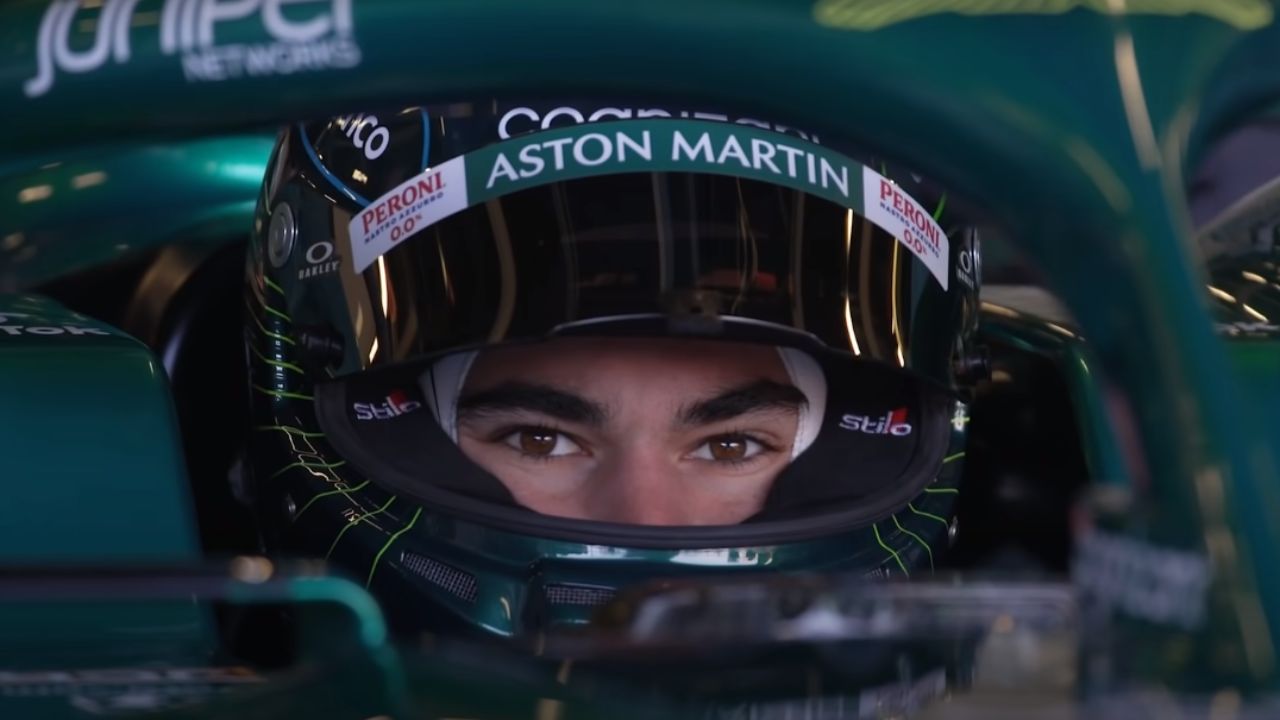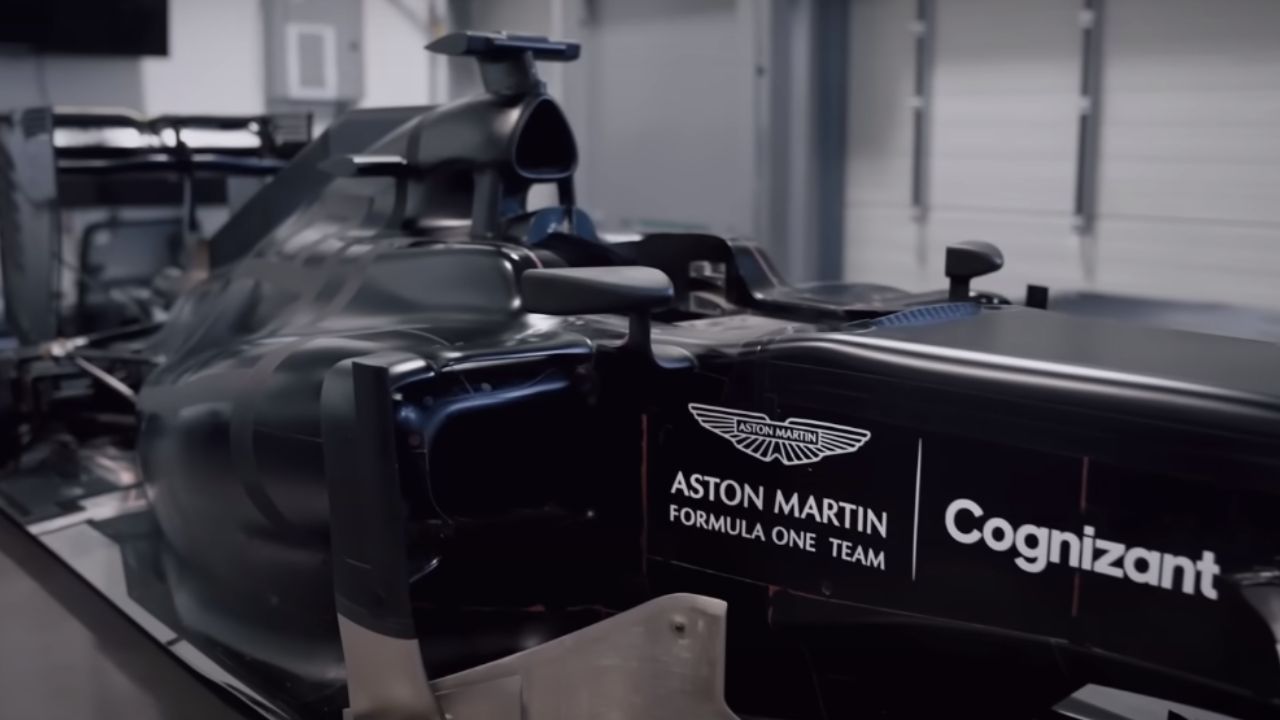In the adrenaline-fueled realm of Formula 1, where innovation and strategy are as crucial as speed, Aston Martin has been quietly crafting its path to greatness. Lawrence Stroll’s ambitious journey with the team, reminiscent of successful endeavors by giants like McLaren and Mercedes, is unfolding with meticulous planning and groundbreaking investments. Is Aston Martin on the verge of revolutionizing its fate in F1? Let’s dissect the intriguing narrative and explore how they might be mirroring McLaren’s winning strategy.
Aston Martin’s Entry and the McLaren Parallel
Lawrence Stroll’s entry into the F1 scene was nothing short of a spectacle, rescuing the beleaguered Force India team and transforming it into Racing Point in 2019. The subsequent rebranding to Aston Martin in 2021 marked a pivotal move, aligning with Stroll’s grand vision for the team. However, the early results failed to match the ambition, prompting a strategic shift.
Much like McLaren’s historic journey, Stroll recognized the need to address off-track challenges to pave the way for on-track success. The 2023 season showcased the fruits of this calculated approach, echoing the transformation McLaren underwent in the past.

Embracing Aerodynamic Prowess: A Page from McLaren’s Book
In the intricate dance of Formula 1, aerodynamics reign supreme, dictating a car’s ability to navigate corners at breakneck speeds. Aston Martin, in tandem with McLaren, has invested significantly in cutting-edge wind tunnel technology. McLaren’s journey, marked by the construction of the McLaren Technology Center (MTC), exemplifies the impact of having an in-house wind tunnel.
🚨 ONLINE 🚨
After years of planning, preparation and construction, the new wind tunnel at the MTC is up and running!#F1
— McLaren (@McLarenF1) October 2, 2023
The parallel between McLaren’s rise and Aston Martin’s recent investments in wind tunnel capabilities raises curiosity. Could this shared focus on aerodynamics propel Aston Martin to newfound glory in the upcoming seasons?
The $220 Million Factory Project
Lawrence Stroll’s commitment to Aston Martin’s success materialized in the form of a groundbreaking $220 million factory project. This venture aimed to address long-standing facility inadequacies, providing the team with a state-of-the-art hub for innovation and development. The impending completion of the wind tunnel construction is poised to elevate Aston Martin’s capabilities further.
The project reflects Stroll’s determination to reduce dependency on external facilities, a strategy aligned with McLaren’s ethos of self-sufficiency. Aston Martin, like McLaren, is positioning itself as a stand-alone powerhouse in the competitive F1 landscape.
Strategic Workforce Development
Aston Martin’s ascent under Stroll’s leadership involved more than just facility upgrades. The Canadian billionaire strategically bolstered the team’s talent pool by poaching skilled engineers from rival teams. McLaren’s historical success, too, was sculpted by assembling a stellar team. Stroll’s meticulous approach mirrors McLaren’s blueprint for success, emphasizing the significance of a skilled and cohesive workforce.
Aston Martin’s Steps Toward Autonomy
As Aston Martin’s $220 million factory project approaches its final stages, the iconic luxury carmaker is poised for a transformative chapter. The strategic moves towards greater autonomy, distancing itself from dependency on competitors, echo the successful trajectory McLaren once pursued. The imminent operational wind tunnel and the shift from Mercedes engine partnerships to aligning with Honda underscore Aston Martin’s resolute dedication to establishing a formidable presence among Formula 1 powerhouses. This evolution marks a pivotal moment for the brand as it readies itself to navigate the dynamic and competitive landscape of the racing world, promising an exciting and promising future.






